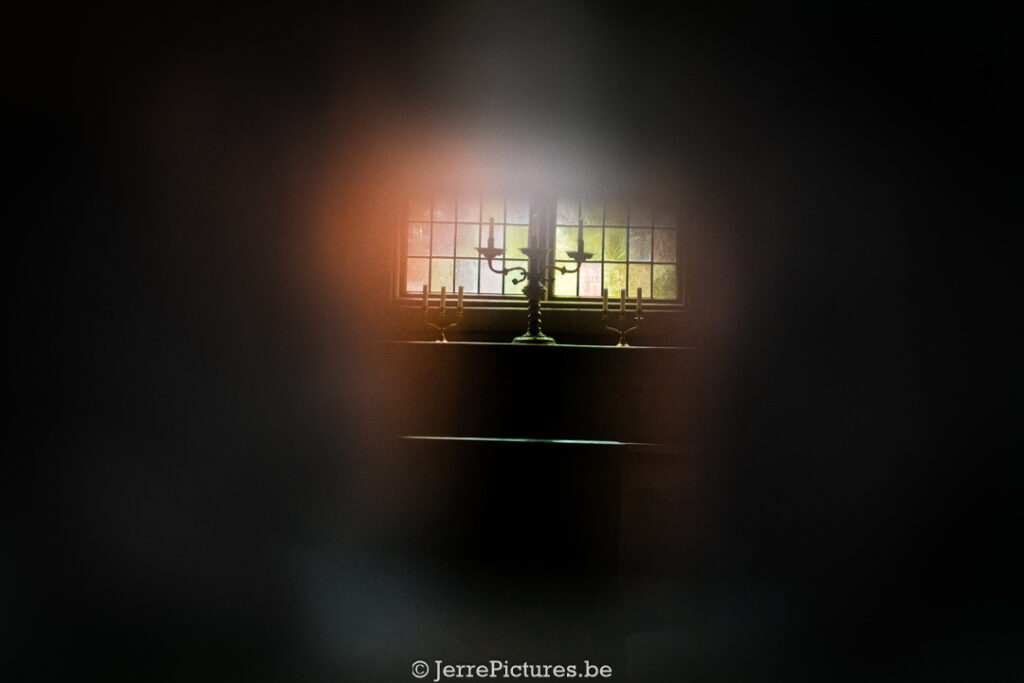
 Nerdy Deep Dive into Sodankylä Old Church
Nerdy Deep Dive into Sodankylä Old Church
Deep in Finnish Lapland, near the Kitinen River, stands a remarkable symbol of religious and cultural heritage: the Old Wooden Church of Sodankylä, also known as the Lapp Church. Built in the late 17th century, this church is one of the oldest preserved wooden churches in Finland, representing profound historical value for the region and its people.
History and Construction
The church’s construction began in the autumn of 1688, funded by King Charles XI of Sweden. It was completed in 1689 and served as the mother church for an exceptionally large area after Sodankylä became an independent parish in 1747. Built opposite the then village settlement of Sodankylä on land donated by the Sámi, this church symbolizes the melding of cultures and traditions.
Architecture
The church is a beautiful example of the Ostrobothnian timber construction style, featuring no tower but a gabled roof. The interior, unlined and unpainted, is characterized by block pillars typical for the region. An interesting feature is the barrel vault, dating back to 1703, and the choir, separated from the rest of the church by a simple railing.
Restoration and Preservation
After falling into disuse in 1859, the church began to deteriorate until its historical value was recognized in the late 19th century. Restorations took place in 1926, between 1979-1980, and again between 1992-1995 by the Finnish Heritage Board, which carefully mimicked the original construction techniques to preserve its authenticity.
Cultural Significance
Today, the church is still used for smaller events and weddings, accommodating about 200 people. Beneath the wooden floors of the church lie the mummified remains of a two-week-old baby of vicar Abraham Cajaner, alongside his parents, underscoring the deep historical layers of this site.
The Old Wooden Church of Sodankylä is not just a building; it is a gateway to the past, a sacred keeper of ancient stories and traditions. Each visit to this church offers a unique opportunity to experience the spiritual depth and rustic beauty of Lapland. This gem of Finnish cultural heritage remains a place of significance, inspiration, and reflection for all who enter its centuries-old wooden walls.






